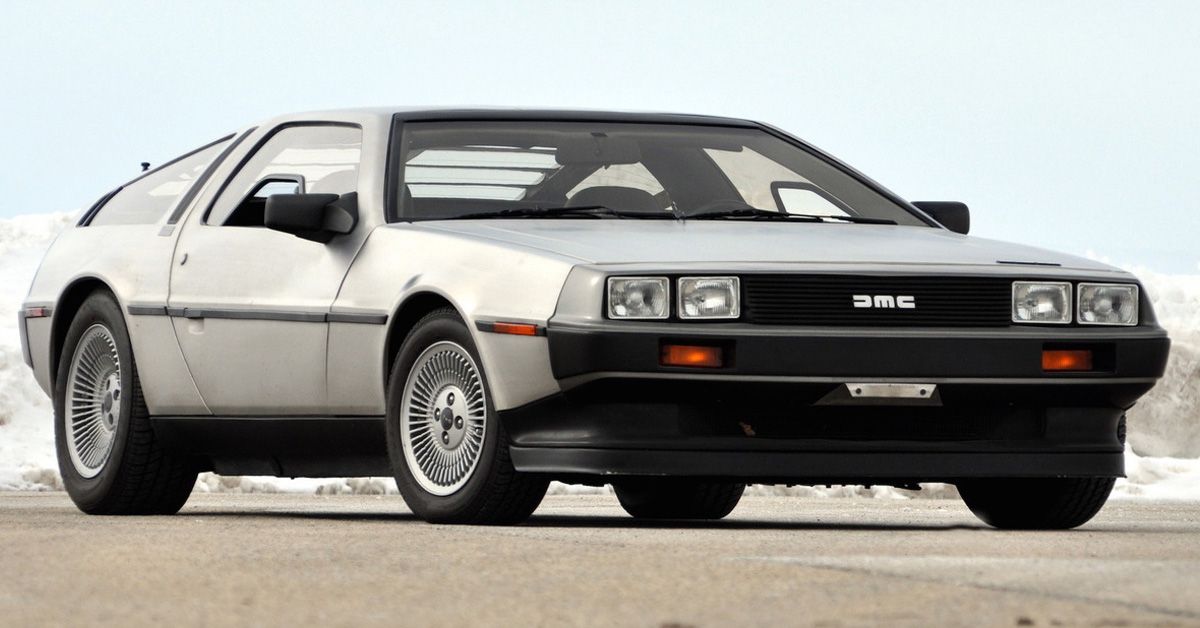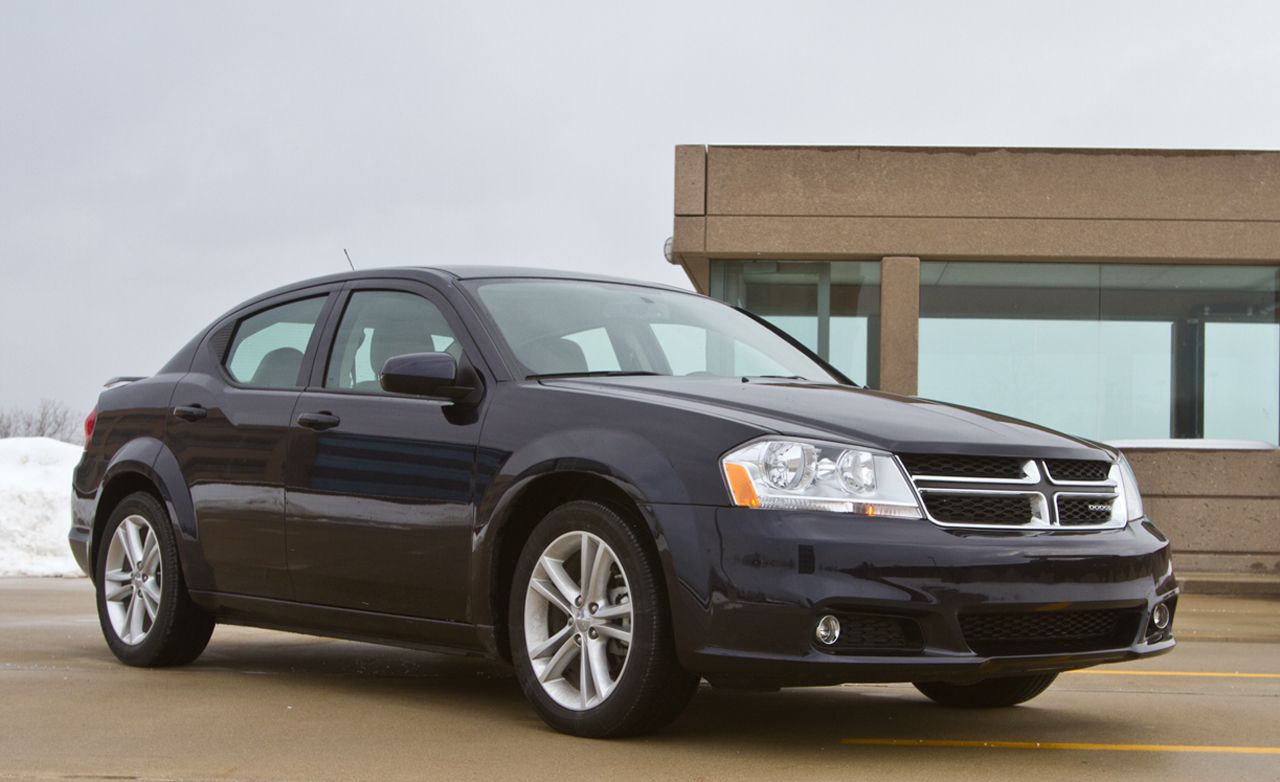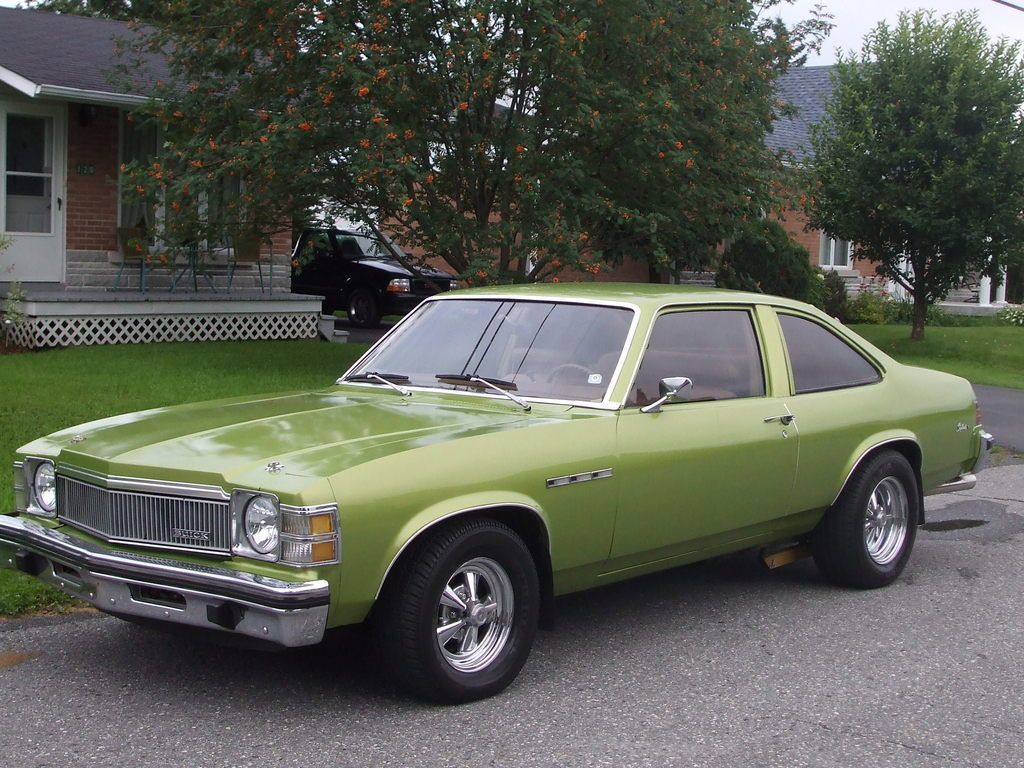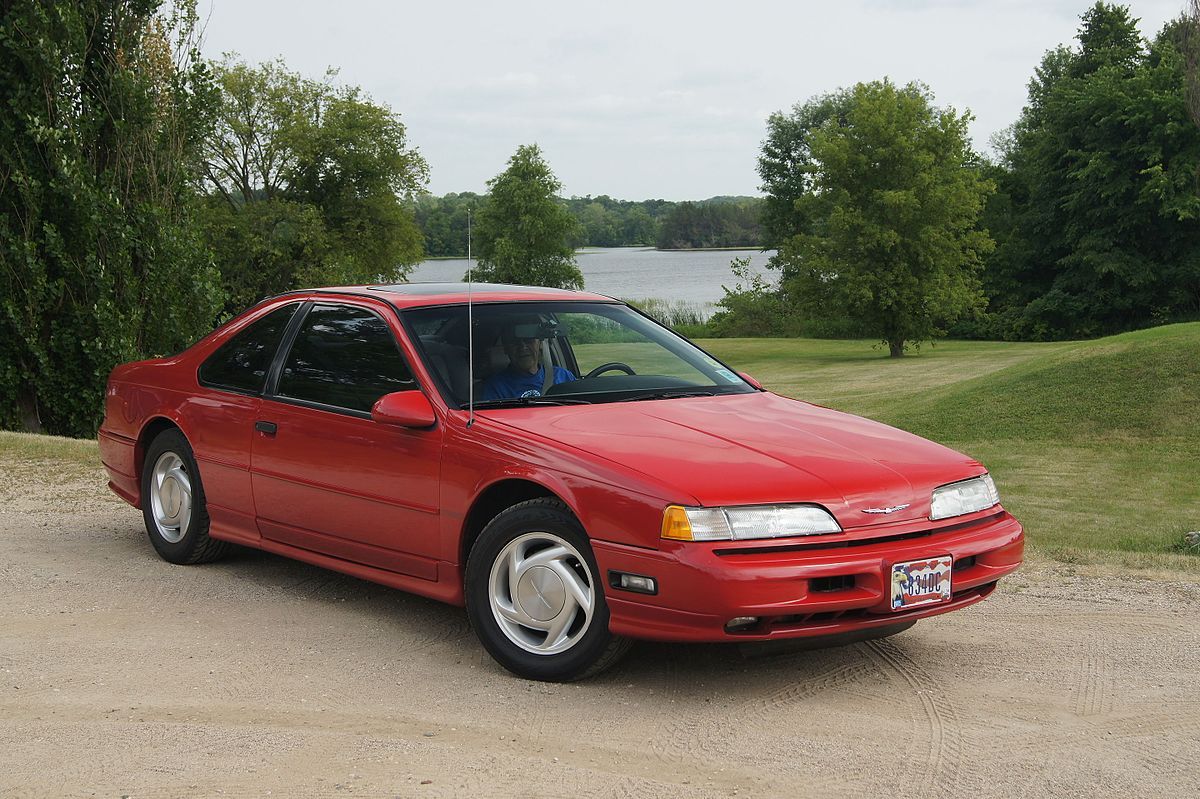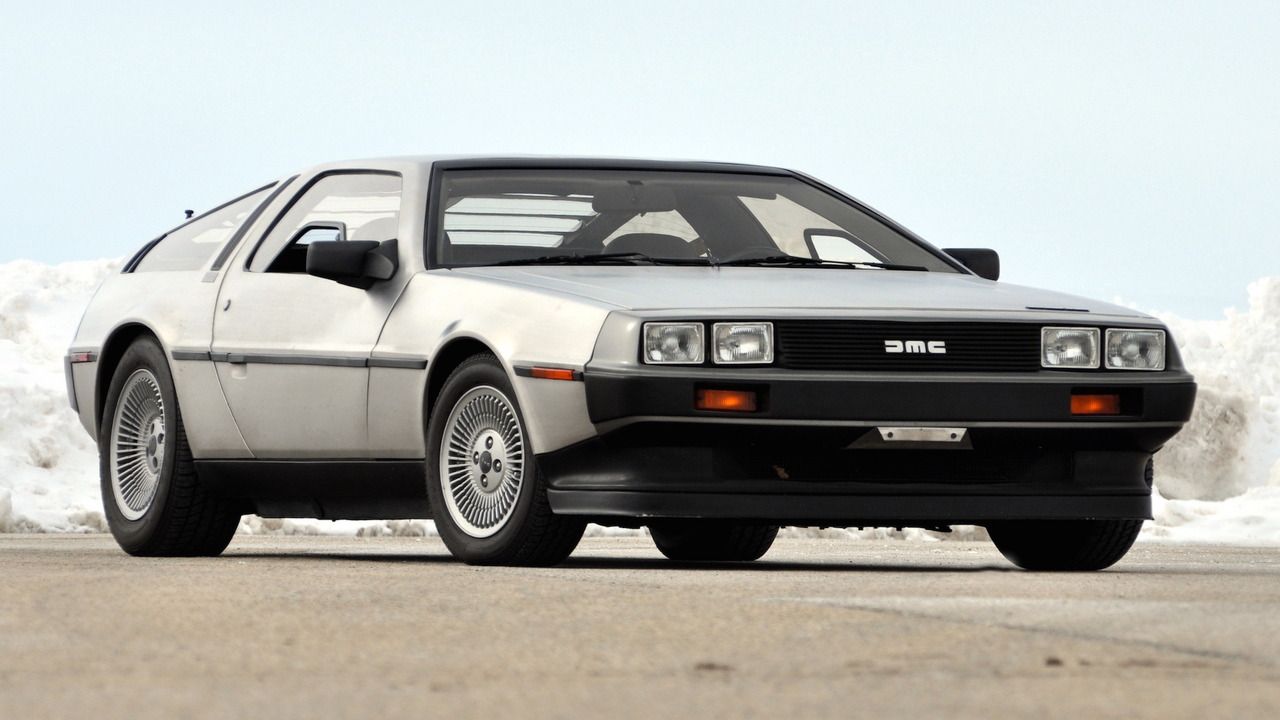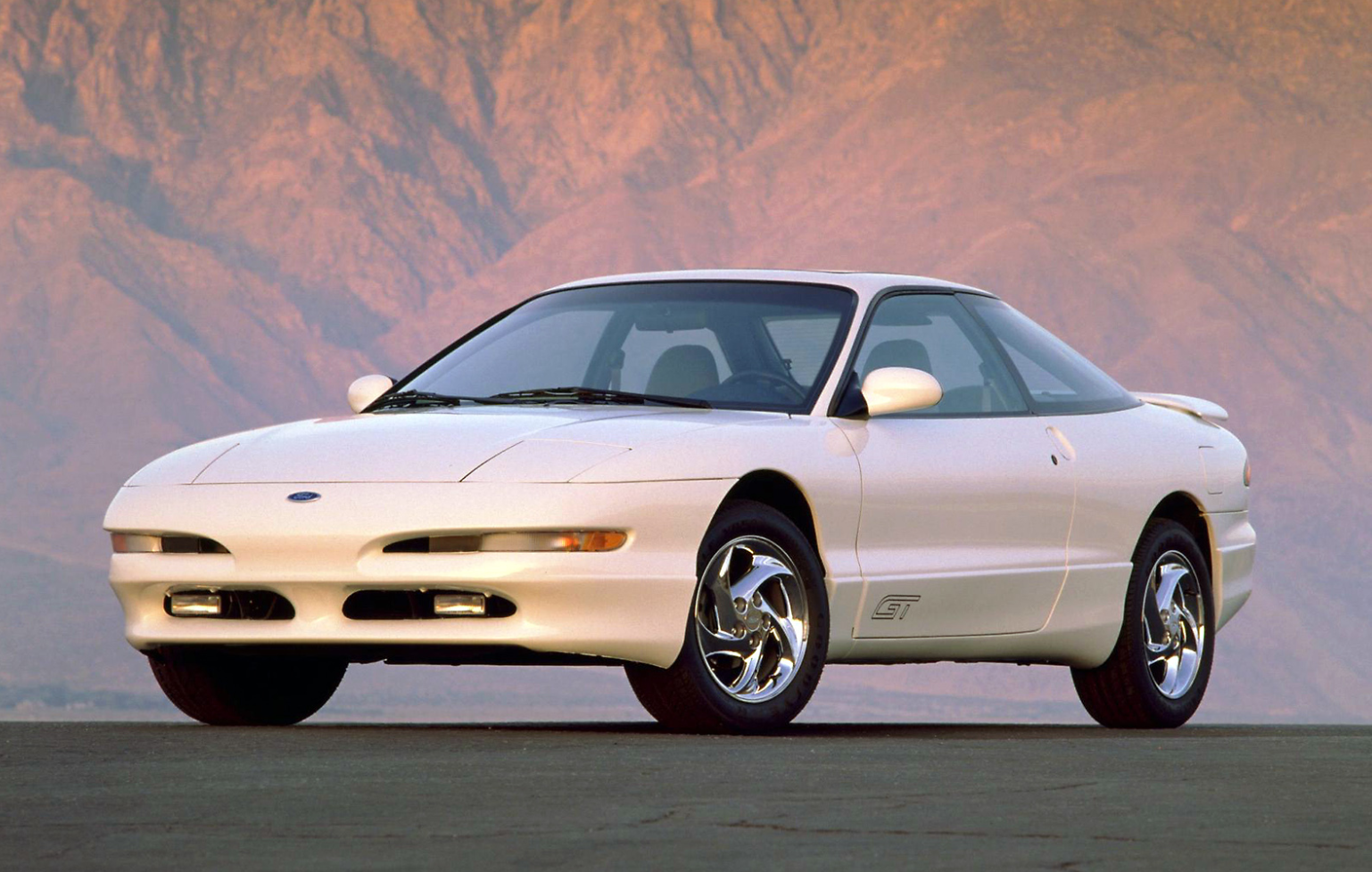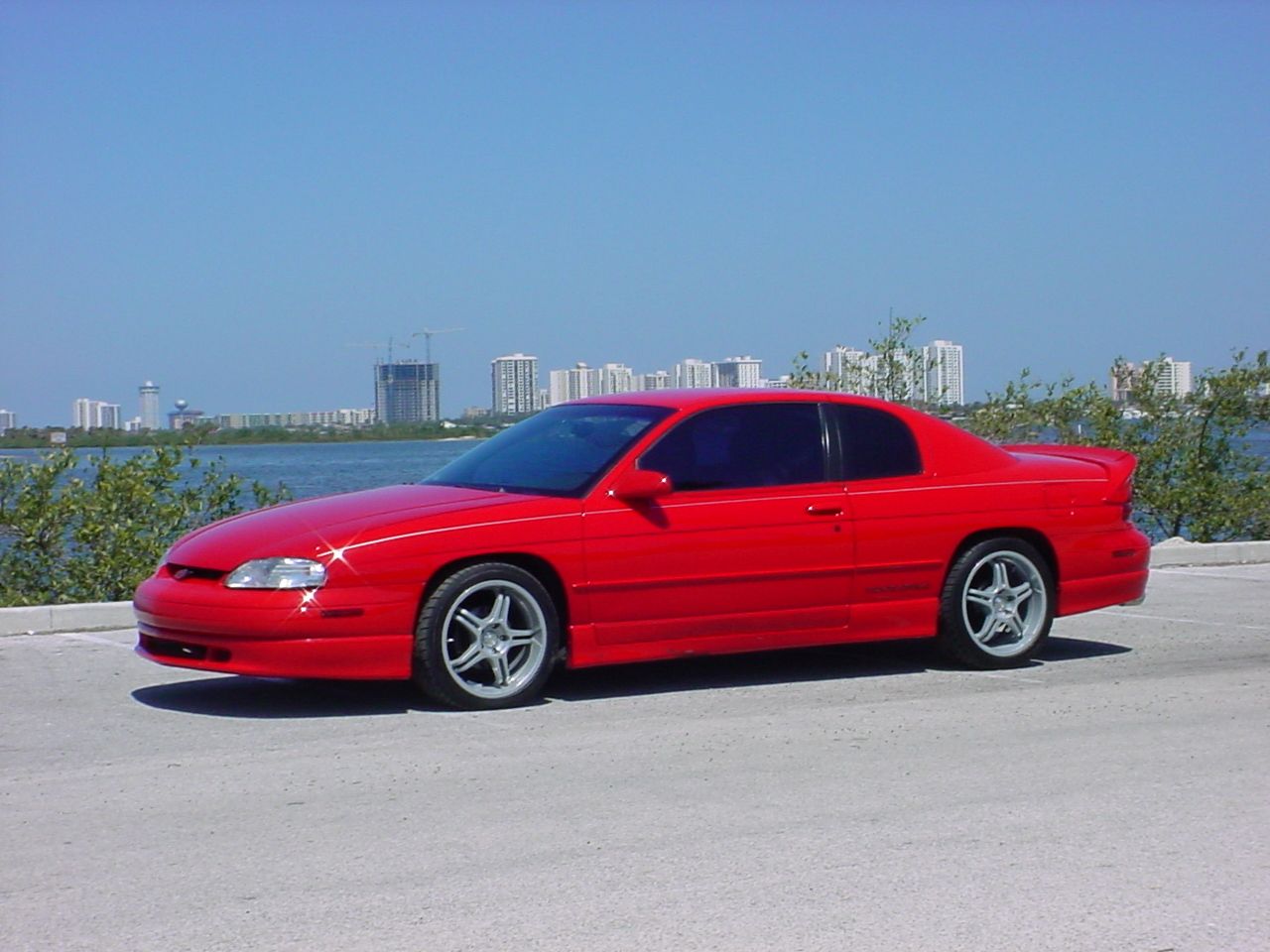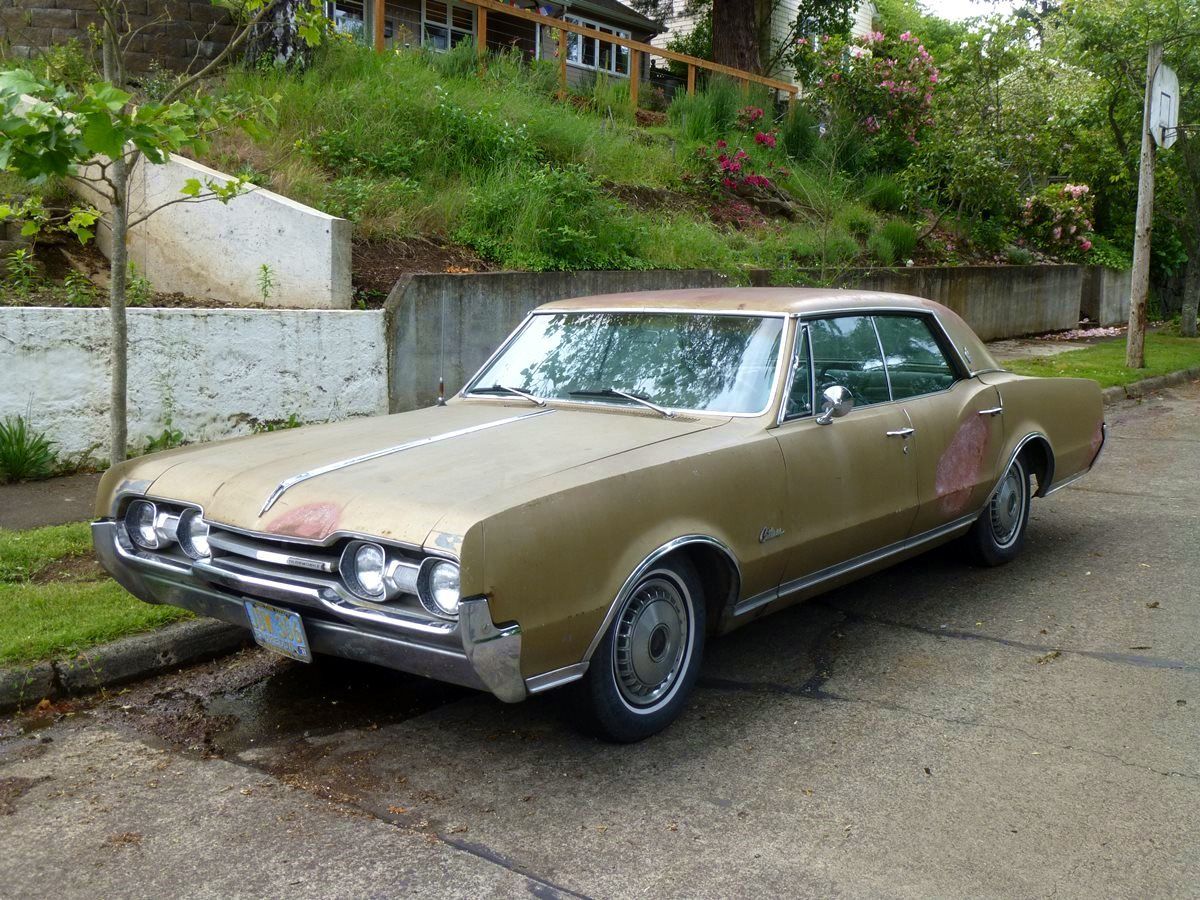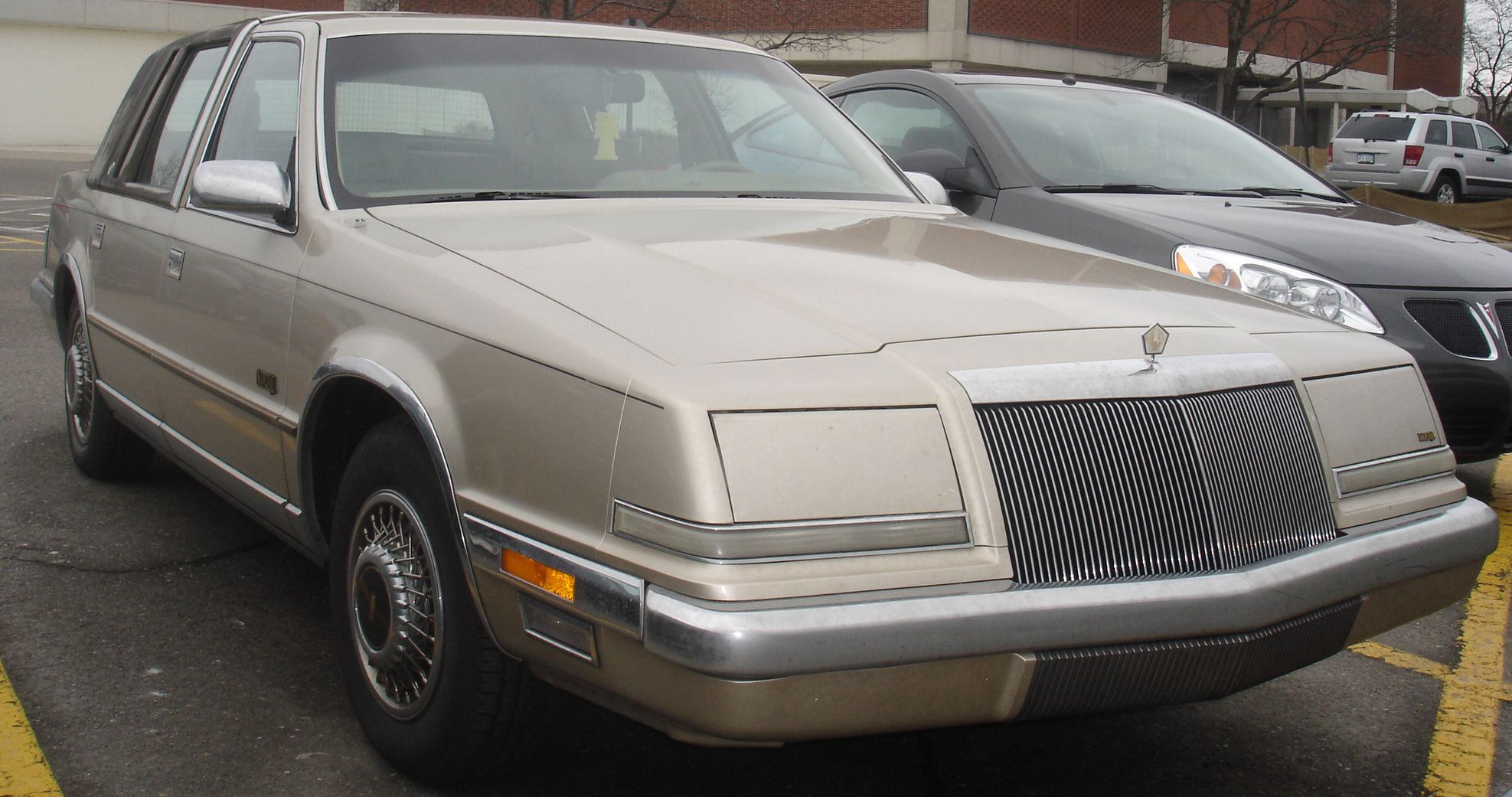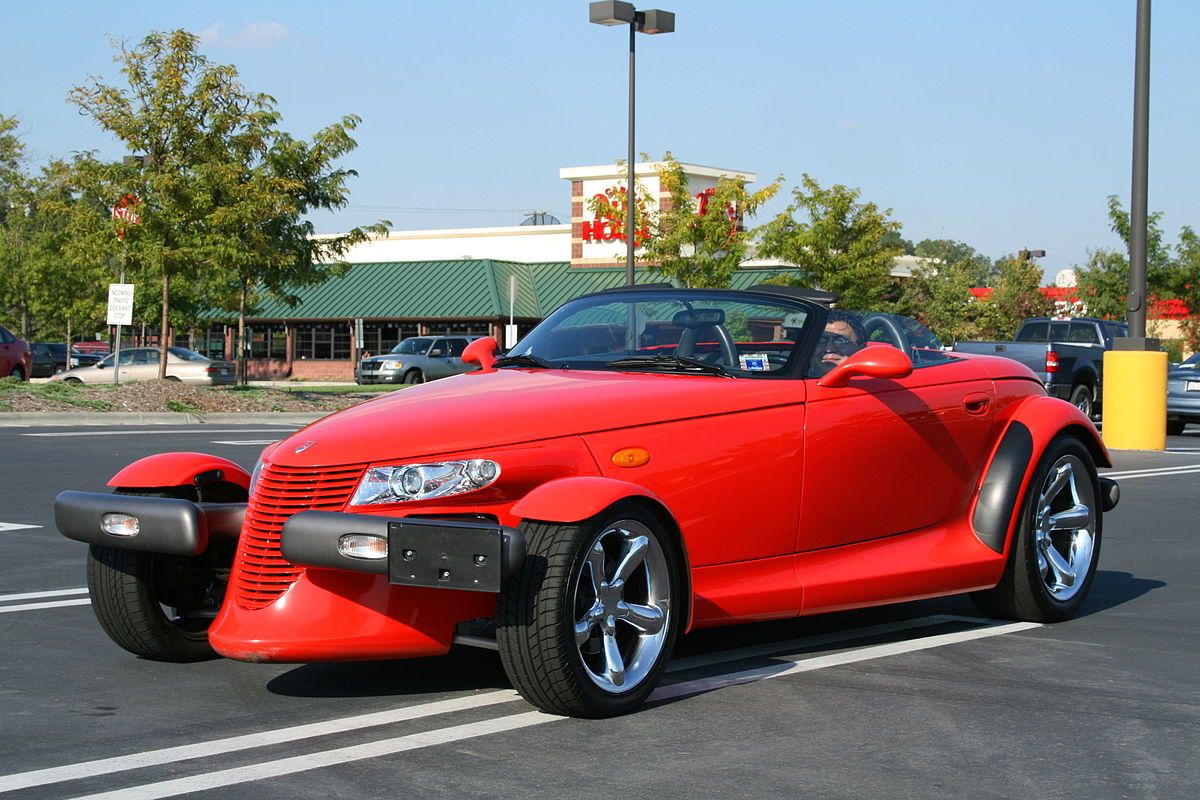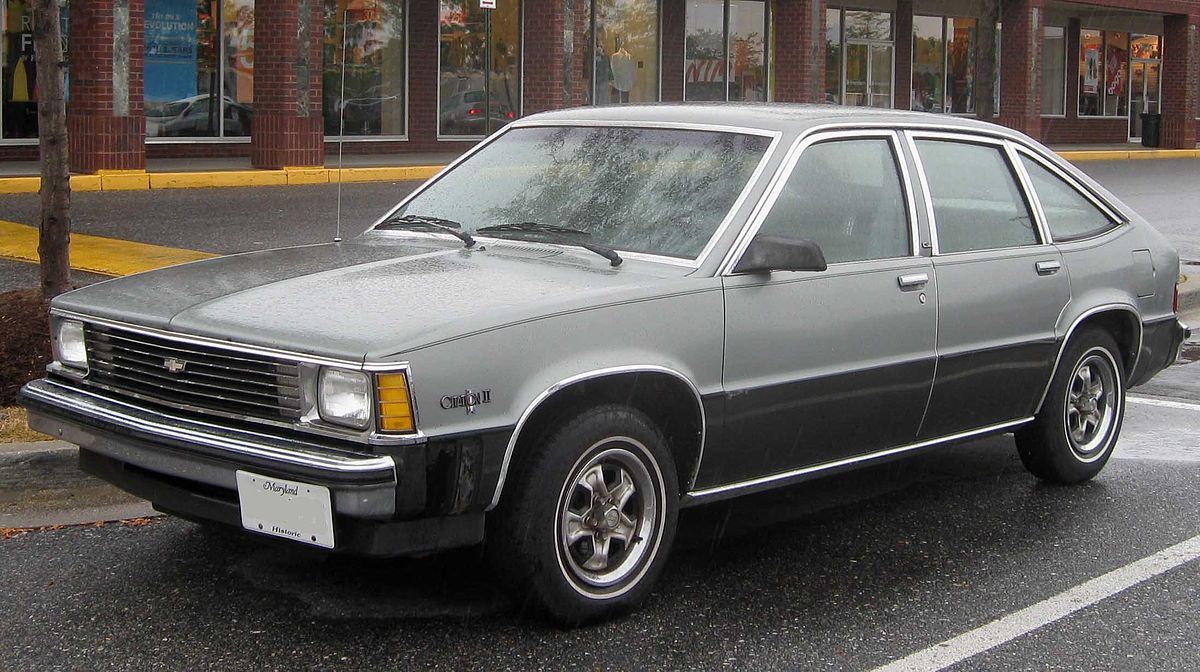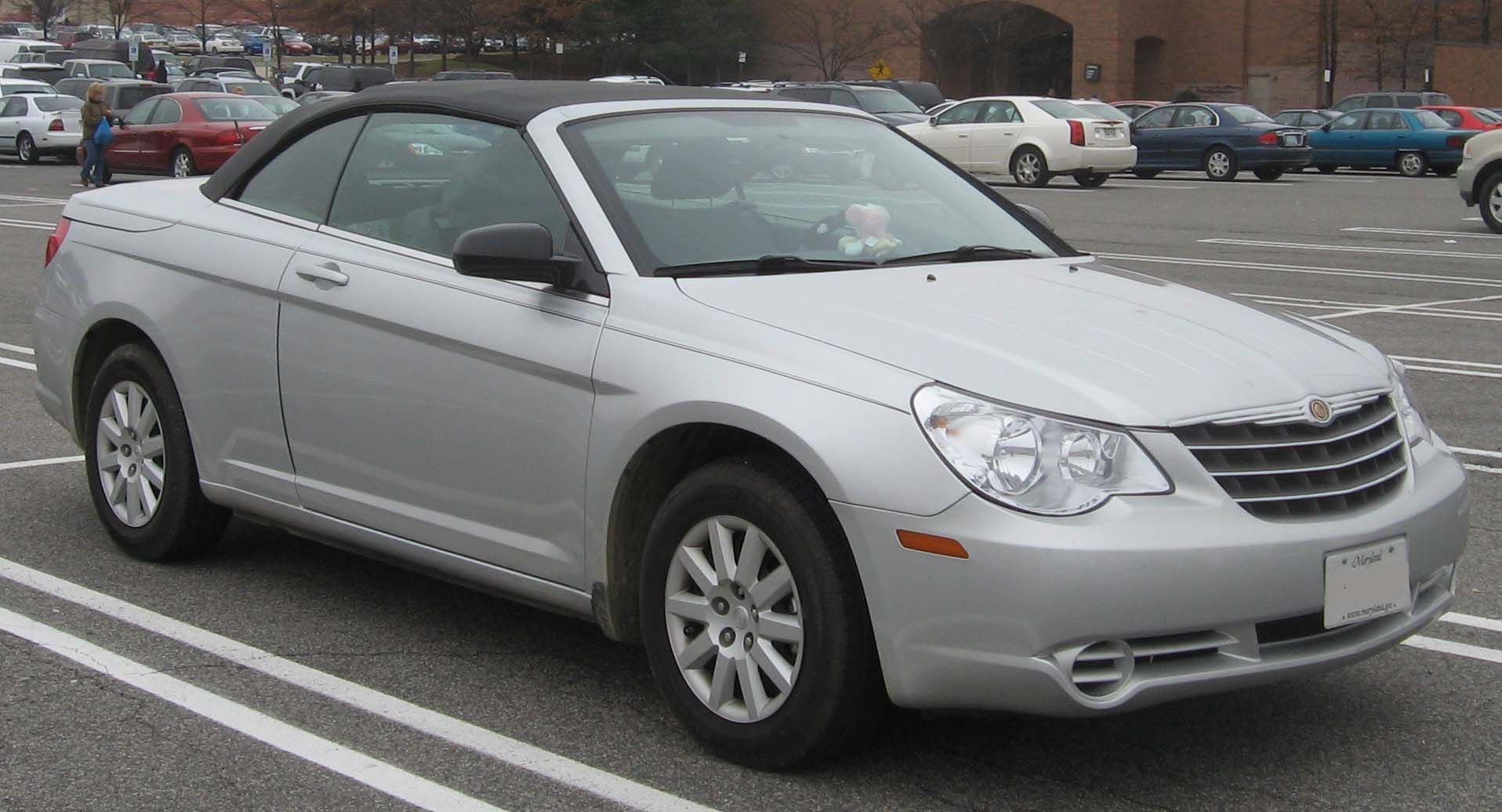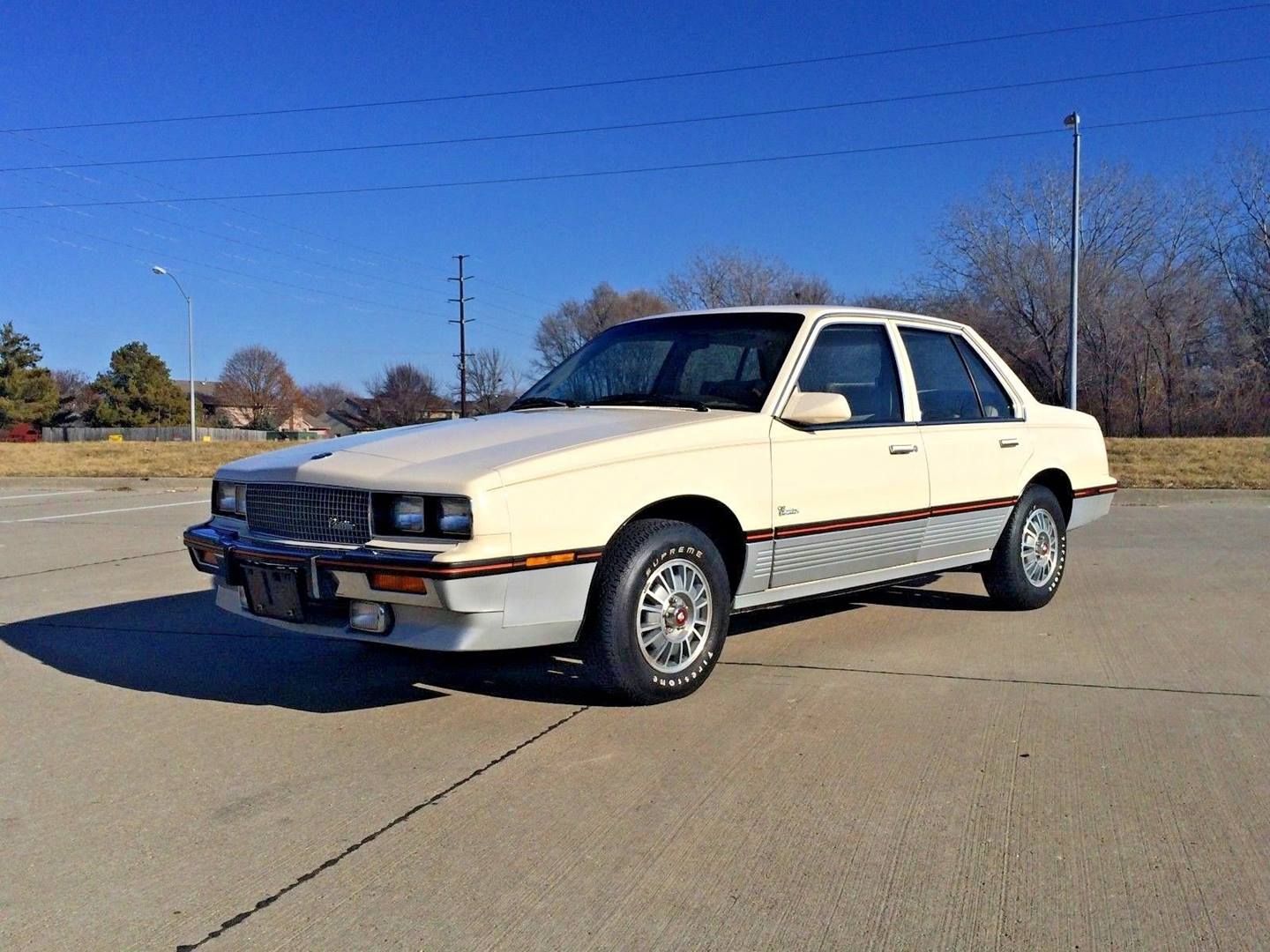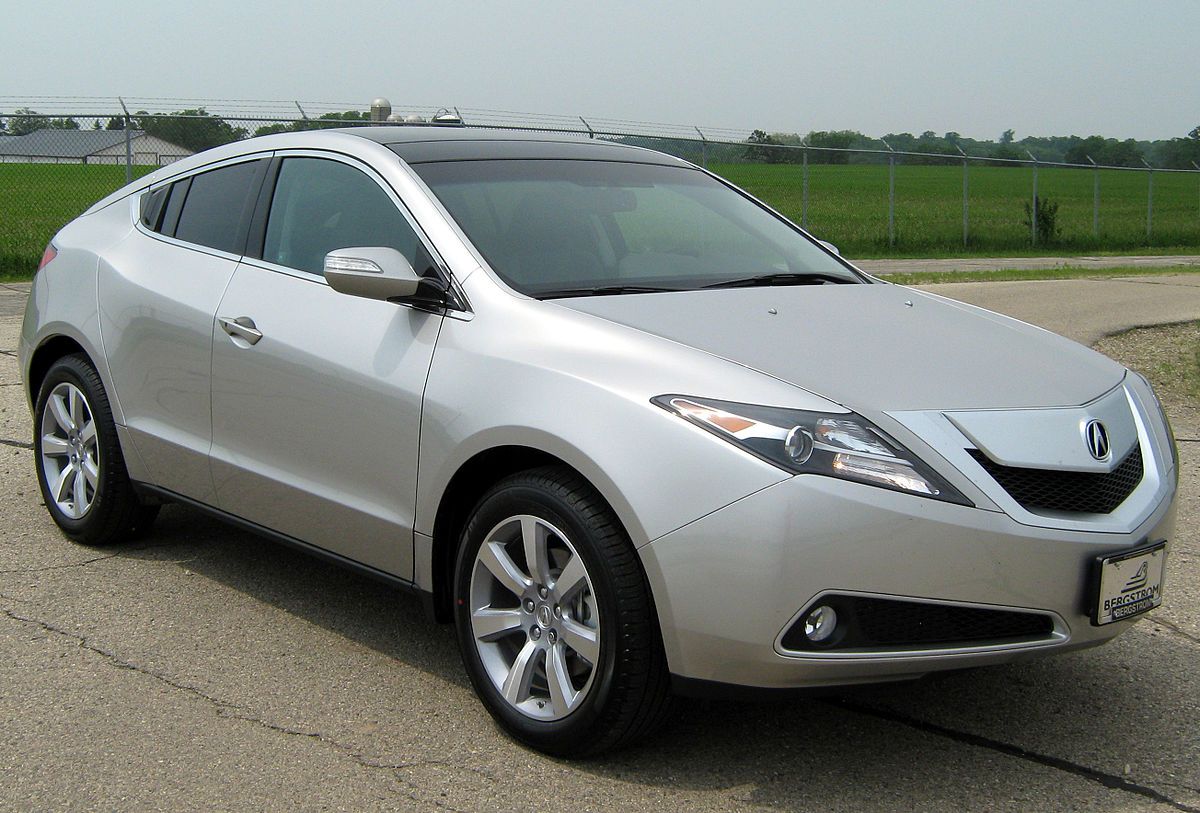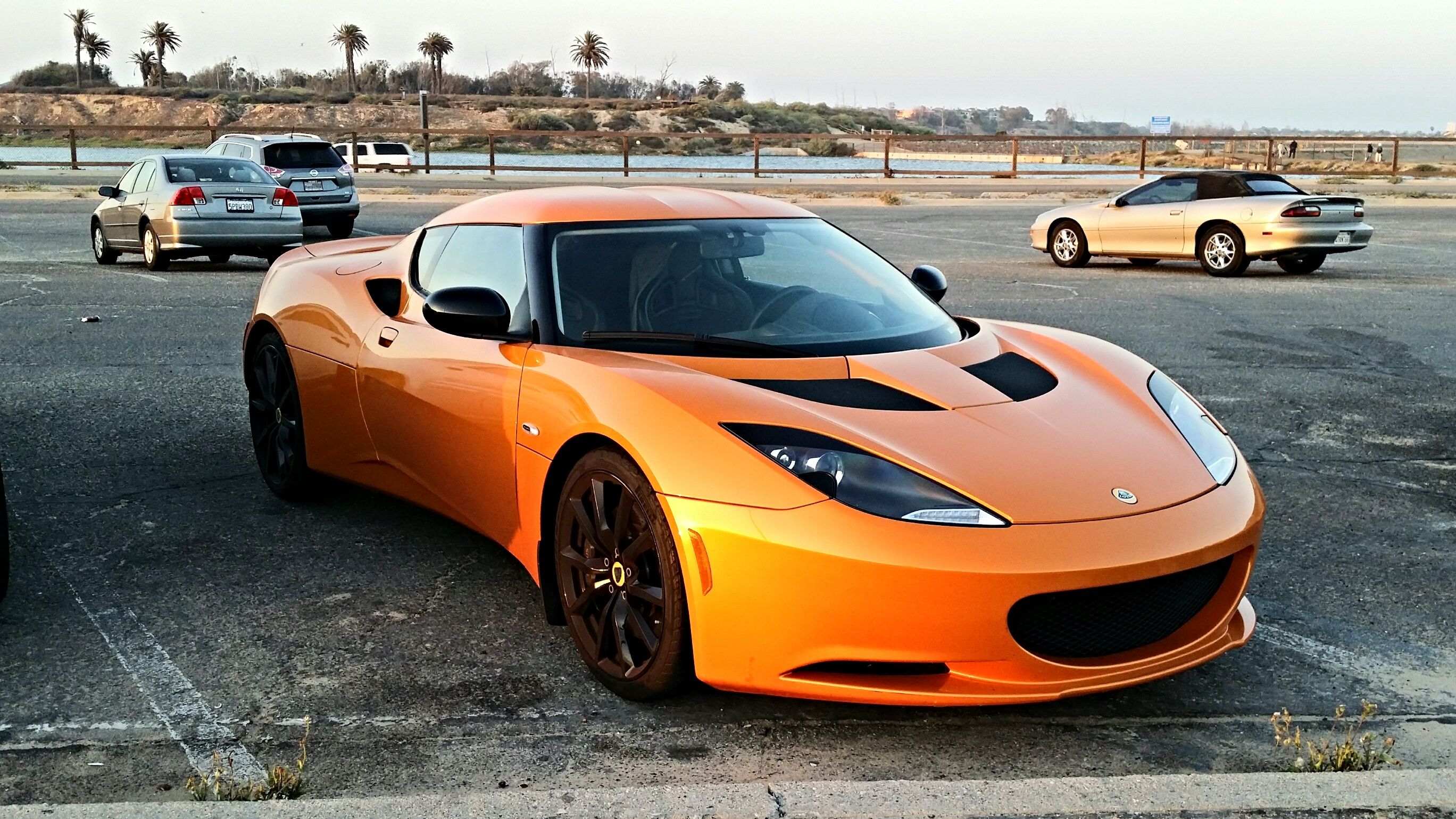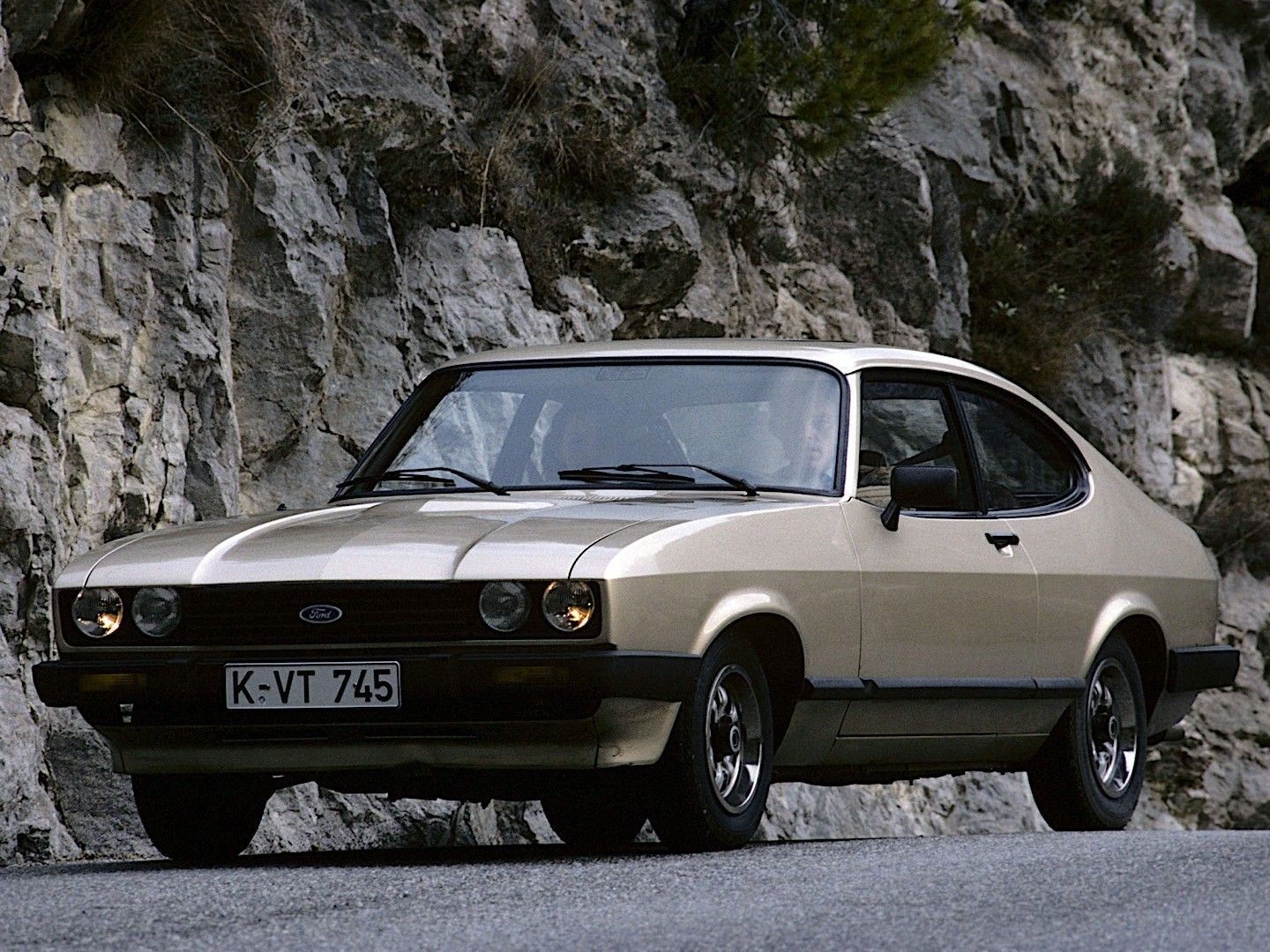So what exactly is a V6 engine? It refers to the shape of the engine with six cylinders on the crankshaft in two rows of three cylinders each, set at a 60-degree or a 90-degree angle to each other. Basically, the two rows of the cylinder are in a “V” shape; thus the V6 nomenclature. Now the V6 is a compact engine and was introduced as opposed to the others to create powerful but compact vehicles. Since it’s shorter than the flats or the inline, it fits into all engines with a transverse front-wheel-drive well, and usually exists in lower engine displacements of 2.0 to 4.3-litre.
The pros of the V6 are fairly simple – it is less bulky, compact and works well with front wheel drives. The cons, unfortunately, are that the V6 is effectively two V3 engines meaning it is hardly the most powerful thing around! While the engine size is reduced, the complexity is more. Each cylinder bank produces vibrations so this engine needs balancer shafts to get smooth. Plus it also requires two valve train sets, one for each cylinder bank. So it may be a smaller engine but is by no means a simpler one. And while there have been a few great V6 cars, like the Dodge Charger and Honda Accord, there are better V4s that outdo most V6s in performance. So here go the 20 V6 cars that could do with a moped engine as well, considering the V6 they have is a disaster.
20 2011 Dodge Avenger
Despite the rather holistic makeover the 2011 Dodge Avenger got, it still failed to impress buyers. It is still dubbed as the most horrible midsize sedan of its era. With a sizeable 3.6-liter Chrysler Pentastar V6 powerhouse, it thrashed out a solid 283 horsepower and a peak torque of 260 ft-lb. The V6 mill was paired with a six-speed automatic. In spite of having the V6 power and a super cool name, the Avenger never had a far-flung career.
Though the Avenger carried a power packed engine under its hood it, it would heave when you pressed the gas too hard and would labour ff the line.
Perhaps that’s why it carried a low price tag too.
19 1975-1980 Buick Skyhawk
Buick wanted to get on to the subcompact coupe’s bandwagon and the Skyhawk was born subsequently. This two-door hatchback was launched alongside Chevrolet Monza and Oldsmobile Starfire. The Skyhawk was built on the brittle bones of the equally-terrible Chevrolet Vega. It looked rickety, was prone to rust, and was assembled in a slapdash manner. The only saving grace was the Buick-designed 3.8-liter V6 engine. But even then it failed to lure the buyers unlike its cousin, the Monza. The H-Body Skyhawk survived for six model years before it was taken off the market to make way for its more successful cousins, the Chevy Monza and Pontiac Sunbird.
18 1989 Ford Thunderbird
The Ford Thunderbird was the one that paved the way for personal luxury carmakers in the industry. But sadly its V6 version was a big drain on Ford ever since its launch in 1982. This eighth generation Thunderbird carried a 3.8-liter Ford Essex V6 engine to power itself and unfortunately had a very short run with success.
The car with V6 power was too costly to produce for Ford as it was big in size and weight.
Though Ford tried to revive the brand by introducing better V6s and more efficient designs over the next two generations even then the Thunderbird’s sales went spiralling down consistently. The tenth generation was the end of Thunderbird V6 in 1997.
17 1981 DeLorean DMC-12
This exotic beauty looked bold and beautiful when it was launched in 1981 but it had no guts. It was famous for its iconic appearance including its gull-wing doors. William Collins, the man behind the Pontiac GTO, was the one who finished its prototype back in 1976. It carried 2.85-liter PRV fuel-injected gasoline V6 engine under the hood. The PRV engines were developed jointly by Peugeot, Renault, and Volvo. The V6 mill coughed up a mild 130 horsepower and an equally meek 153 ft-lb worth of torque. Not good enough muscle for a car that is festooned with a solid steel backbone chassis and stainless steel body panels.
16 1981 Cadillac Fleetwood V-8-6-4
The 1981 Fleetwood was equipped with an engine with cylinder-activating-deactivating capabilities. They are dubbed as V8-6-4 or “displacement-on-demand” and are capable of excluding or activating two cylinders at a time depending on power demand. But these variable displacement machines were confronted with huge technical challenges in that era. These Caddies shuddered, bucked, at times stalled and made uncouth noises. All in all, the V8-6-4 misbehaved until its owners got its innovative know-how deprogrammed. And, finally, GM was forced to instruct all its dealers to bypass the technology and trick the car into running on all eight cylinders, effectively making it a V8.
15 1976 Maserati BiTurbo
As the name suggests, the Maserati BiTurbo carried a bi-turbocharged V6 engine under its belly. The BiTurbo was offered in three engine configurations – a 2-liter V6, a 2.5-liter V6 and a 2.8-liter V6. The BiTurbo was Alejandro de Tomaso’s ambitious project after he acquired the company in 1976. But this Maserati came straight from a bad place. It was an instant success initially perhaps because it had De Tomaso promise.
But later it was booed for its negative qualities.
The car was overloaded with electronics and was expensive to maintain. Things like the cams came off abruptly and require replacement after every 6000 miles.
14 1992 Ford Probe
This liftback coupe was launched in 1988 and was a joint effort of Mazda and Ford. Dubbed as the shoe-shaped car, it features on the extensive list of “bad car names” and overall bad cars! And the reason was its car-killer combo of a submissive V6 and front-wheel-drive. The wishy-washy Probe was armed with a 3.0-liter Ford Vulcan V6 that cranked out 140 horsepower. Though Ford tried to revive its plummeting sales by introducing a 2.5-liter 164-horsepower V6 in 1997, it was too late for this misguided Probe. It received poor reviews and was written off by Ford in 1997 after a rather misguided eight-year lifespan.
13 1995 Chevy Monte Carlo
The Monte Carlo did try to seduce its buyers in the early 70s and succeeded a bit, but failed to make a mark thereafter. The fifth generation Monte Carlo was designed like a spaceship ended up with a lacklustre appeal and was the beginning of the end for this car. It was launched in 1995 and disheartened its fans more than ever. This poor-looking car was powered by an equally poorly-performing V6 engine. While it may have enjoyed considerable success on the tracks, it achieved the opposite on the roads. Though GM tried to improve upon its offering over the next generation, the Monte Carlo finally rested its laurels in 2007 owing to falling customer demands.
12 1966 Oldsmobile Cutlass Supreme/Ciera
The Oldsmobile Cutlass Supreme carried a 3.8-liter Buick V6 that had pathetic power output figures. And that too for a diesel V6 engine in terms of its horsepower and torque. Though the 5.7-liter and 4.3-liter V8 variants were solid gasoline blocks, they managed to fail too in the same way. This Olds sedan’s two-barrel V6 engine was paired to a three-speed automatic transmission. Correspondingly, the Olds Cutlass Ciera used a 2.8-liter V6 engine, a 3.8-liter Buick V6 engine, or a 4.3-liter Oldsmobile Diesel V6 engine.
And the output of its massive 4.3-liter V6 was a meager 85 horsepower and 165 ft-lb torque.
Too slow a car that looked like it could deliver, but did not.
11 1990 Chrysler Imperial
The Chrysler Imperial was an eye-catching bundle meant for the business tycoon community that longed for comfort and luxury. It looked luxurious and elegant in every possible way. The Imperial featured nice-looking comfortable pillowed seats for a softer ride and an equally gorgeous and distinguishing half vinyl landau roof on the back. This full-size sedan was powered by a large 3.3-liter V6 that put out a scraggly 147 horsepower. In 1991 Chrysler replaced this V6 by a larger 3.8-liter V6 but it could only cough up 150 horsepower, underpowering this 3519 lb beast. Both the V6s were tied to a four-speed automatic transmission and both were dismal failures.
10 1997 Plymouth Prowler
The reason why the Plymouth Prowler came into existence was Chrysler’s desire to build a retro car predominantly to lure rich-and-famous sports car devotees. And it definitely looked way different from its rivals. This hotrod did a 0-60mph sprint time in flat 7.2 second on a top mark of 118 mph. It wore a rather unique avatar with an open wheel front end and low-slung chassis and looked like a dry-lake speed machine. It used a Chrysler 3.5-liter V6 engine and borrowed other tidbits from its other relatives. Despite this all, it’s strange, strange looks and an engine that performed better on race tracks than on roads – the Prowler died rather ignominiously soon after.
9 2003 Kia Amanti
The Amanti belong to Kia Motors – the second largest South Korean auto giant after Hyundai. It was dubbed as a lovechild of a 90s Jaguar S-Type and Mercedes E-Class. Both of them are already earned bad names for their debauched styling.
It was Kia’s largest entry in the executive car market and carried a 3.5-liter Sigma V6 under its belly.
Powered by a V6, the Amanti was considered low on handling and build quality. Though the car received a good amount of upgrades after four years of its launch, particularly a modern all-aluminum 3.8-liter V6 from Lambda family, Kia had to let go of its flagship car.
8 1980 Chevy Citation
The Chevy Citation was rolled out in 1980 and lived for a single generation till 1985. On its debut, the Citation achieved a sales figure of a whopping several million untis, making it a bestseller of 1980 and one of the most rewarding product launches in the history of GM. But that stands for its debut year only, for the following four years were the contrasting opposites of the first year’s success. The 2.8-liter MPFI V6 powerhouse was gutless – its main seal leaked from day one. Though GM did enhance the power of its V6 and rectified the oil leak issues later, the last Citation was rolled out in 1985.
7 2008 Chrysler Sebring
The Chrysler Sebring is known as an all-and-all Mitsubishi car except for its name. The Sebring four-door sedan used a 3.0-liter SOHC V6 to produce 200 horsepower and 205 ft-lb of torque. Though the car boasts of a resilient all-aluminum SOHC design, it performed like a scrawny moped because of its weak V6 engine. According to EMTtech “after 60,000 miles they are known to burn more oil than gas” and they sludged “quicker than Pepsi on a driveway in the sun”. And the car was plagued with plenty of electrical and lighting snags. The Sebring survived for five years in the domestic market between 2007 and 2011, though it didn’t deserve the lifespan it got.
6 1985 Cadillac Cimarron
The Cimarron was an ambitious project of GM to float the best-looking Caddy in the market. So they made it good looking but forgot about the engine. Though it did get an enriched body design, it lacked exclusivity especially from its Chevrolet cousin, the Cavalier. The Cimarron’s 1985 variant carried a good-looking 2.8-liter V6 engine under its bonnet that produced 130 horsepower.
But this V6 power was ill-fated for GM’s not-thought-out rebadging and had to be rolled back for the lack of buyers.
The sales figures were so depressing and disappointing that GM was ready to shut down the Cadillac marque forever but Cimarron is all they took off instead.
5 1987 Rover Sterling 825/827
The Rover Group’s Sterling 825 was centred on the Acura Legend and was in existence from 1987 to 1991 – the Legend is the first Honda ever to adorn a V6 engine. This was the time when Rover Group had worked in collaboration with Honda. The Sterling 825 was a rebadged Rover 800 Series that was adapted to the North American markets. Another variant, the 827, was only offered with V6 gasoline engines in the domestic market. The paintwork and build quality of the car was considered poor. This rust-prone car fell short of the buyer's expectations especially in the domestic market and so it left domestic shores in 1991.
4 1999 Lexus IS 250 V6
Lexus has been selling this D-segment compact executive car since 1999. The 250 is the second generation of Lexus IS that came equipped with an anemic V6. This V6 runt thrashed out 204 horsepower and a torque worth 185 ft-lb. In comparison to Honda Civic Si, it had more or less same output except the fact that IS 250 had more cylinders to itself. The media dubbed this car as “neither sporty nor luxurious”. And the buyers booed the 250 for not having a punch-drunk acceleration despite the extra cylinders! This 2.5-liter V6 engine proved to be weak and was excessively trapped by its power-robbing emission system.
3 2013 Acura ZDX
The Acura ZDX was more or less based on its cousin MDX and carried a bolder raked-up rooftop that made it look sleeker. The ZDX carried a Honda’s J-Series 3.7-liter V6 mated to a six-speed automatic transmission. The V6 thrashed out 300 horsepower and 270 ft-lb of torque that was not good enough for this four-door monster. With a curb weight of 4452 lbs, it was a full second slower from 0-60 mph than the identical-looking BMW X6. And it was not even a strong fashion statement either. It was the only Acura that featured a panoramic sunroof at the time but still ended up earning a rarest-Acura-ever tag for its worst sales figures.
2 2013 Lotus Evora
The Evora hails from the house of Lotus Cars – a British auto giant. These 2+2 coupes are armed with mid-mounted traverse 3.5-liter 24-valve V6 engines that are sourced from Toyota. Toyota uses the same GR family engines to power its Sienna Minivans. And the punch-drunk Evora S uses the same engine with a supercharger to zip from 0-60mph in a flat 4.4 seconds. While the V6 produces a much healthier thwack, its ambitious pricing is dragging it down. Even the Porsche Cayman, Chevy Corvette, and BMW M3 cost less than the base model of the Lotus Evora. And it lacks the avant-gardism its rivals have.
1 1983 Ford Capri 2.8L V-6
The 2.8-litre engine was weak, but even so, managed to prove profitable when it came to performance. It may not have run smooth, but it managed fast. Primarily though, the Ford 2.8 V6 will always be remembered for its rickety driving experience. This fastback coupe’s top-of-the-range variants used Ford’s Essex V6 (developed by Ford in Essex, UK) and Cologne V6 (developed by Ford in Cologne, Germany). These were one of the first mass-produced V6 engines in the history of automobiles. But the dreary Cologne-built V6 could cough up only a meek 109 horsepower. Coupled with a high price tag of the German-built Capri in the domestic market, doom was spelled in capital letters!
Sources: CarAndDriver.com, Motor1.com, AutoEvolution.com

